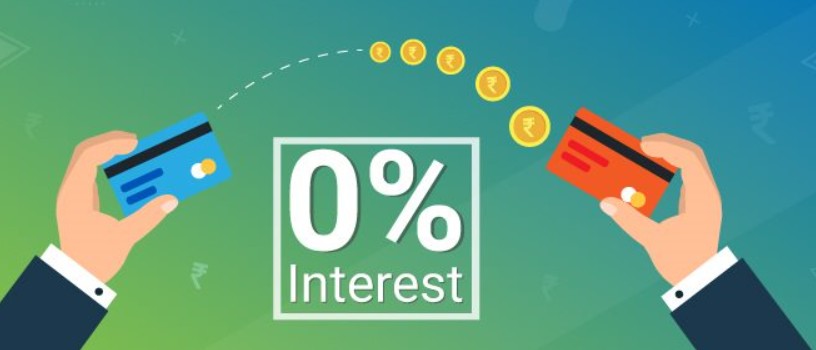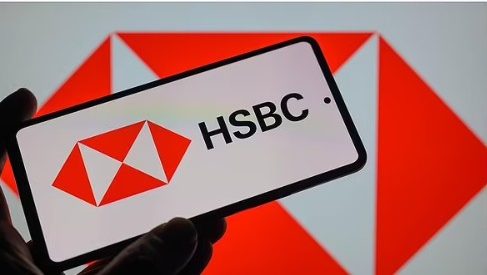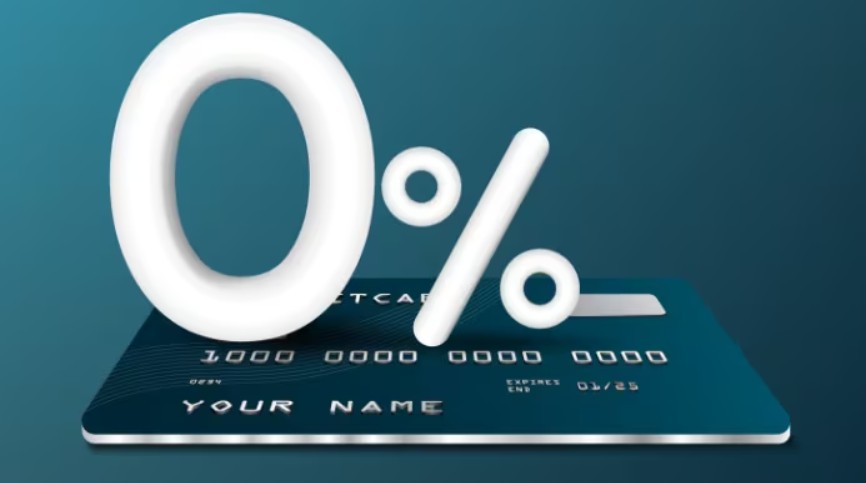In an era where managing finances with precision is essential, especially amid inflation and rising living costs, understanding the tools available to navigate cash flow challenges is critical. One such tool — often misunderstood or overlooked — is the 0 interest credit cards.
Designed to give consumers and small businesses temporary relief from interest charges, 0% credit cards can offer a significant financial advantage if used wisely. But how exactly do they work? Are they truly beneficial? And what should UK users be aware of before applying?
This comprehensive guide aims to answer all those questions and more, helping you understand how to make a 0 interest credit cards work for your needs — whether you’re a consumer, freelancer, or small business owner in the United Kingdom.
What Is a 0 Interest Credit Card?
A 0 interest credit cards, often referred to as a 0% APR credit card, is a type of credit card that charges no interest on either purchases, balance transfers, money transfers, or a combination of these, for a set promotional period.
This introductory interest-free period typically ranges from three to twenty-four months, depending on the card provider and the nature of the offer. During this time, users can carry a balance or make purchases without incurring interest charges. However, after the promotional window ends, standard variable interest rates apply — often between 20% and 35% APR.
This feature makes 0% interest credit cards an appealing option for those who want to finance large purchases, pay down existing high-interest debt, or temporarily smooth out cash flow without the burden of costly interest accumulation.
Why Do Banks Offer 0% Credit Cards?

On the surface, it may seem counterintuitive for lenders to offer interest-free borrowing. However, banks use these cards as a customer acquisition strategy. Here’s why they do it:
- To attract new customers, Providers offer these cards as a competitive hook, hoping users will stay beyond the 0% period.
- To earn fees from merchants – When you use a credit card to make purchases, the bank earns transaction fees from retailers.
- To generate income through late fees or post-offer interest – If a user misses a payment or fails to repay the balance within the 0% period, the bank may earn revenue through penalty fees and interest.
- To encourage continued spending, Banks benefit when users continue to use the card after the offer period ends.
Understanding these motivations helps cardholders stay strategic and avoid falling into the traps designed to benefit lenders.
Types of 0 Interest Credit Cards in the UK
There are several distinct types of 0% credit cards available to UK consumers, each serving a different purpose. Knowing the differences can help you choose the card that best suits your financial goals.
1. 0% Purchase Credit Cards
These cards allow you to make purchases without paying interest for a fixed introductory period. This is particularly helpful for spreading the cost of large or essential purchases without paying more over time.
Best suited for:
- Buying appliances, electronics, or furniture.
- Covering personal expenses such as holidays or weddings.
- Managing start-up costs for a small business.
- Replacing or upgrading office equipment.
After the interest-free period ends, the provider’s standard purchase rate will apply to any remaining balance.
2. 0% Balance Transfer Credit Cards
These cards allow you to move existing credit card debt from another card to a new card with no interest charged on the transferred amount for a fixed period. This can significantly reduce the cost of debt repayment.
Best suited for:
- Consolidating high-interest credit card balances.
- Simplifying multiple debts into one manageable monthly payment.
- Paying off debt more efficiently during the interest-free period.
Most balance transfer cards charge a transfer fee, typically between 1.5% and 3.5% of the amount being transferred. Always factor this cost into your calculations when comparing offers.
3. 0% Money Transfer Credit Cards

Money transfer cards enable you to move funds directly from your credit card into your current bank account. These can then be used to repay loans, cover overdrafts, or fund expenses that do not accept credit card payments.
Best suited for:
- Paying off expensive overdrafts or personal loans.
- Covering rent or utility bills where card payments are not accepted.
- Accessing short-term liquidity for personal or business use.
Money transfer cards often include a one-time transfer fee, typically around 4%, and interest-free periods of between 12 and 18 months.
Why 0 Interest Credit Cards Matter for Small Business Owners
While most 0% interest credit cards are offered to individuals, many entrepreneurs and sole traders use personal credit cards to manage small business expenses. The benefits can be substantial:
- Financing equipment or software purchases without the need for expensive loans.
- Managing seasonal cash flow by deferring repayment until sales pick up.
- Handling unexpected expenses such as tax bills, vehicle repairs, or staff costs.
- Testing marketing campaigns or short-term investments without immediately reducing cash reserves.
A few UK providers, such as Capital on Tap and Barclaycard Business, also offer business credit cards with low or 0% introductory offers on purchases. These may come with additional features tailored to business needs, such as expense tracking and employee card access.
Key Advantages of 0% Interest Credit Cards
Choosing a 0% interest credit card offers several distinct benefits:
- No interest on debt during the promotional period, allowing every payment to reduce the principal balance.
- Improved cash flow management, giving you the ability to time repayments around your income schedule.
- Reduced borrowing costs, particularly when compared to traditional personal loans or overdrafts.
- Increased financial flexibility, especially in emergencies or periods of tight budgeting.
- Credit score building, as long as repayments are made on time and responsibly.
Risks and Downsides to Consider
While 0% cards can be beneficial, there are also risks involved. Being aware of them can help you avoid costly mistakes:
Interest Rate Increases After Intro Period
Once the interest-free period expires, your balance will begin to accrue interest at the card’s standard rate. If the balance is not paid off in time, the cost can become significant.
Missed Payments Can Invalidate the Offer
Most providers reserve the right to revoke your 0% promotional rate if you miss even a single payment. This can also affect your credit score.
Temptation to Overspend
A 0% card may make it easier to justify larger purchases, leading to unnecessary debt accumulation if you don’t have a repayment plan.
Charges
Balance transfer and money transfer cards usually carry one-time fees. Some cards also come with annual fees, so always read the terms and conditions carefully.
How to Choose the Best 0 Interest Credit Card?
When comparing 0% cards, consider the following criteria:
| Feature | What to Look For |
|---|---|
| Length of 0% Period | Longer promotional periods allow more time to repay without interest. |
| Type of Offer | Select from purchase, balance transfer, or money transfer options based on your specific needs. |
| Transfer Fees | Compare the percentage fees on balance or money transfers. |
| Annual Fees | Some cards have ongoing charges; check whether the benefits outweigh the costs. |
| Eligibility Requirements | Use pre-application eligibility checkers to avoid hard credit checks that could harm your score. |
| Standard APR | Consider the long-term interest rate after the 0% period ends. |
UK Credit Card Providers Offering 0% Interest Deals

Many major UK banks and financial institutions offer 0 interest credit cards. Reliable options include:
- Barclaycard
- Santander
- Virgin Money
- Tesco Bank
- MBNA
- Halifax
- HSBC
- Lloyds Bank
To compare current offers, websites such as MoneySavingExpert, Compare the Market, and MoneySuperMarket provide useful comparison tools that allow you to view cards based on your eligibility, credit score, and financial goals.
Best Practices for Using 0% Credit Cards Effectively
- Create a repayment plan that ensures you can clear the balance before the interest-free period ends.
- Set up direct debits for at least the minimum payment to avoid penalties or loss of the offer.
- Avoid using the card for cash withdrawals, as these typically incur immediate fees and interest.
- Use no more than 30% of your credit limit to maintain a healthy credit utilisation ratio.
- Regularly review your credit report through services like ClearScore, Credit Karma, or Experian.
Conclusion: Are 0 Interest Credit Cards Right for You?
0 interest credit cards can be a valuable financial tool when used strategically and with discipline. Whether you are looking to make a major purchase, consolidate existing debt, or temporarily boost cash flow for your small business, these cards can save you a significant amount of money.
However, they are not without risks. Without a structured repayment plan and responsible usage, the very features that make these cards attractive can also lead to debt traps.
If approached carefully, with a clear goal and timeline, a 0% credit card can be a handy tool, helping you reduce financial pressure, build your credit score, and improve your long-term financial wellbeing.

Leave a Reply